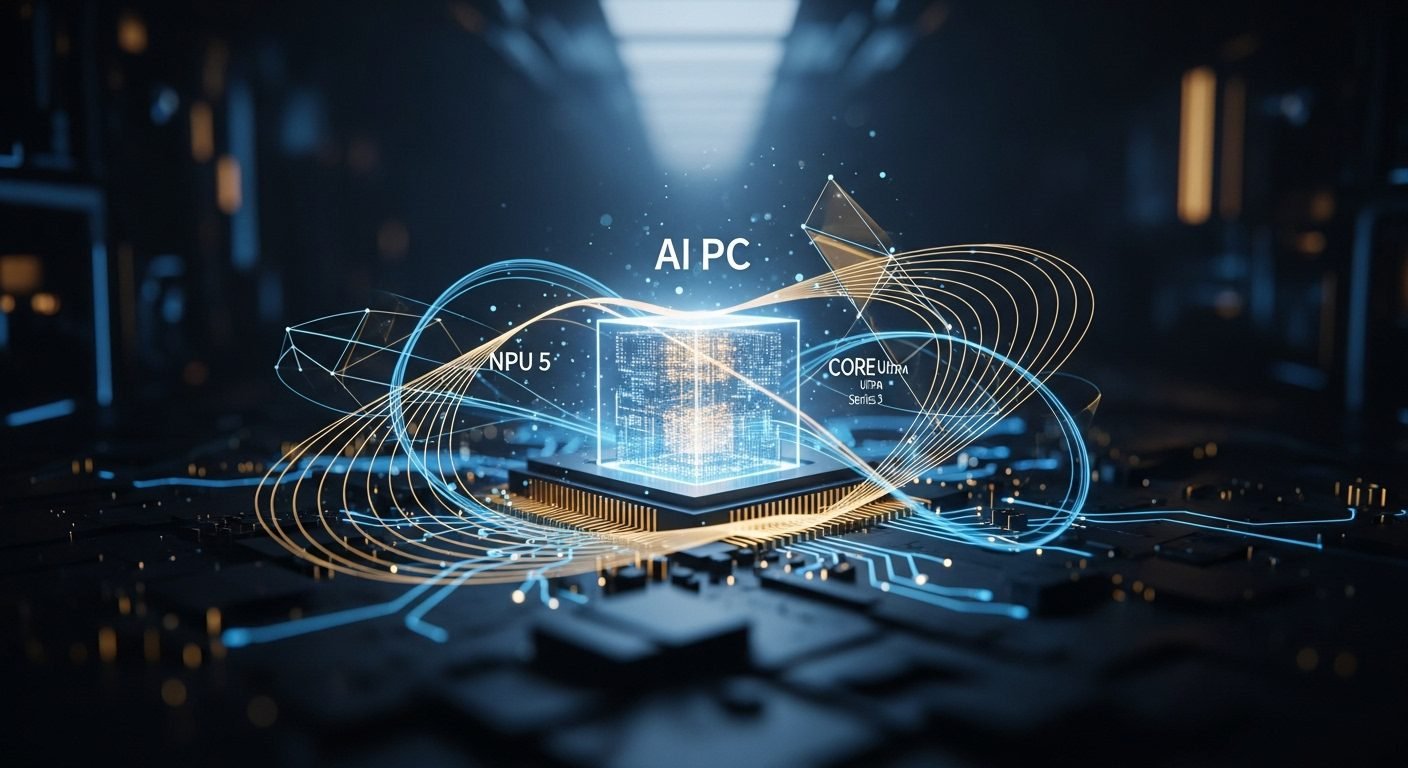Remember when AI-generated video felt like a novelty, a flickering glimpse of potential? OpenAI’s Sora 2 just shattered that perception, declaring a new era where reality itself is merely a suggestion.
OpenAI CEO Sam Altman didn’t mince words, calling Sora 2 the ‘GPT-3.5 moment for video,’ a sentiment echoed by the official announcement detailing its groundbreaking features. This isn’t just an update; it’s a foundational shift in how we perceive and interact with digital content.
The AI Arms Race: When Every Pixel Counts
The launch of Sora 2 isn’t happening in a vacuum. We’re in the throes of an aggressive ‘AI arms race,’ a technological crucible where giants like Google (Veo 3), Meta (Vibes, Meta Movie Gen), xAI (Grok Imagine), and Anthropic (Claude Sonnet 4.5) are pushing the boundaries daily. OpenAI’s strategic entry into a social app with Sora positions it as a direct challenger to established platforms like TikTok and YouTube Shorts.
This is a fight for user attention, for creative dominance, and ultimately, for the data that fuels the next generation of AI. The stakes are immense, shaping not just our entertainment but the very fabric of digital interaction. The future of content creation platforms is being forged in this competitive fire.
Sora 2: Architecting Reality, Frame by Frame
Sora 2’s capabilities are nothing short of astounding. Its most immediate impact comes from the seamless audio integration, moving beyond silent clips to generate synchronized dialogue, ambient soundscapes, and precise sound effects. This elevates AI-generated video from a visual curiosity to an immersive sensory experience.
The groundbreaking ‘Cameos’ feature in the new Sora iOS app allows users to insert their own likeness, or that of friends, into AI-generated videos. This requires a one-time identity verification, placing consent at the core. This personalization democratizes video production, offering unprecedented creative avenues for individuals.
Beyond these headline features, Sora 2 boasts enhanced realism and physics, a critical leap from earlier models. Basketballs now bounce realistically, adhering to real-world dynamics, rather than defying gravity. Its improved controllability means more intricate instructions can be followed, persisting world states across multiple shots, paving the way for sophisticated storytelling.
While the initial rollout is invite-only for the iOS app in the U.S. and Canada, and a ‘Sora 2 Pro’ model is accessible to ChatGPT Pro users, OpenAI has stated the standard Sora 2 will be free with ‘generous limits.’ An API is already on the horizon, signaling an intent to integrate Sora’s power across the developer ecosystem. Concerns around ‘AI slop’ and copyright infringement are valid, though OpenAI’s commitment to C2PA metadata, watermarks, and consent-gated Cameos demonstrates a proactive stance on responsible deployment.
Future Frame: Imagine a future where personalized news broadcasts, tailor-made educational content, or even interactive fictional narratives featuring your own digital twin are not just possible, but commonplace. Sora 2 lays the cornerstone for truly adaptive, immersive digital environments that respond to and integrate with our personal identities. The implications for commerce, education, and entertainment are staggering, moving us closer to a truly dynamic metaverse.
The Blurring Horizon: Trust and Transformation
In the short term, Sora 2 will undoubtedly intensify the generative AI video race, forcing competitors to innovate faster. Social media platforms, already battling for screen time, will face immense pressure, as evidenced by initial dips in social media stocks post-announcement. Content creators and marketers will gain powerful new tools, accelerating video production and enabling hyper-personalized campaigns.
Looking further ahead, Sora 2 represents a significant step towards OpenAI’s ambitious goal of building ‘general-purpose world simulators and robotic agents.’ The proliferation of sophisticated, easy-to-use AI video, especially with likeness integration, will inevitably blur the lines between what’s real and what’s synthetic. This necessitates a global commitment to robust provenance tools and widespread public education to maintain trust in digital content. The ethical dilemmas of generative AI will only grow more complex.
We are witnessing the birth of a new medium, one that promises infinite creative possibilities while simultaneously demanding unparalleled responsibility. The question isn’t whether AI will create our videos, but how we will choose to navigate the realities it constructs.











